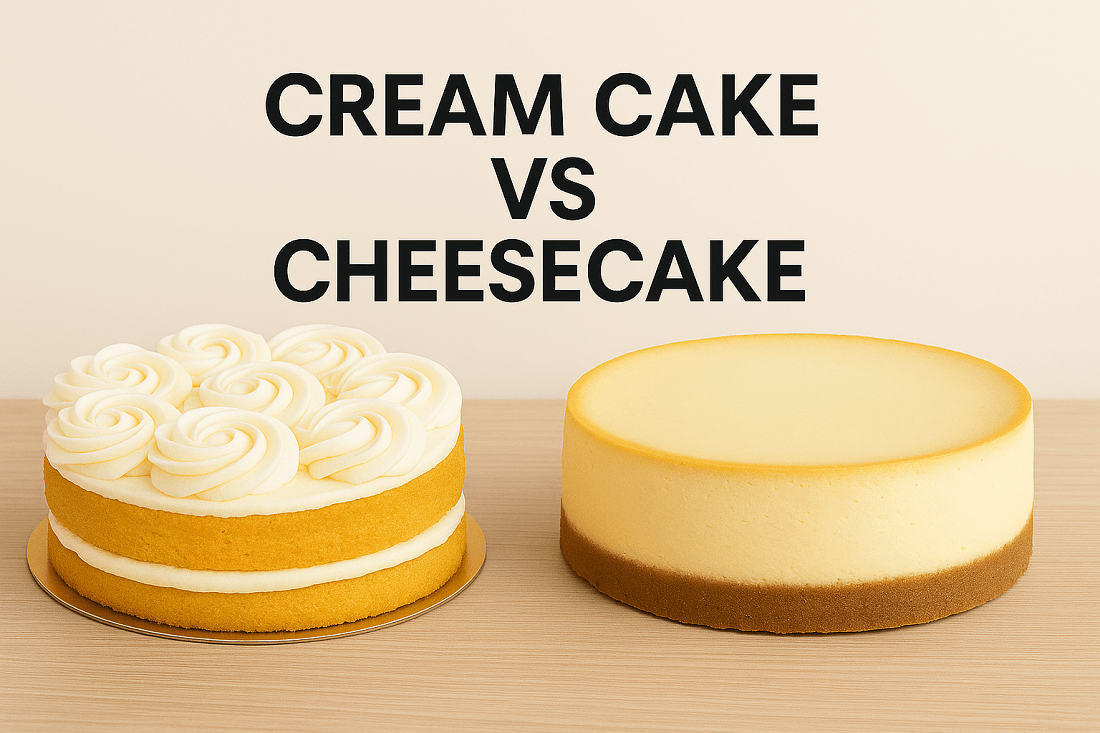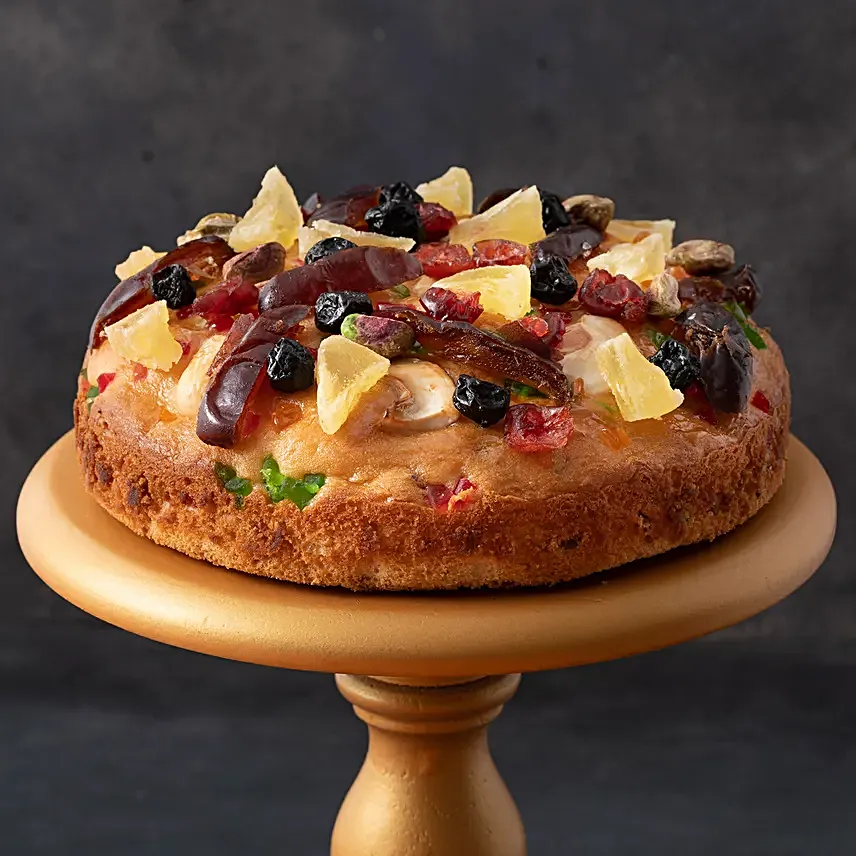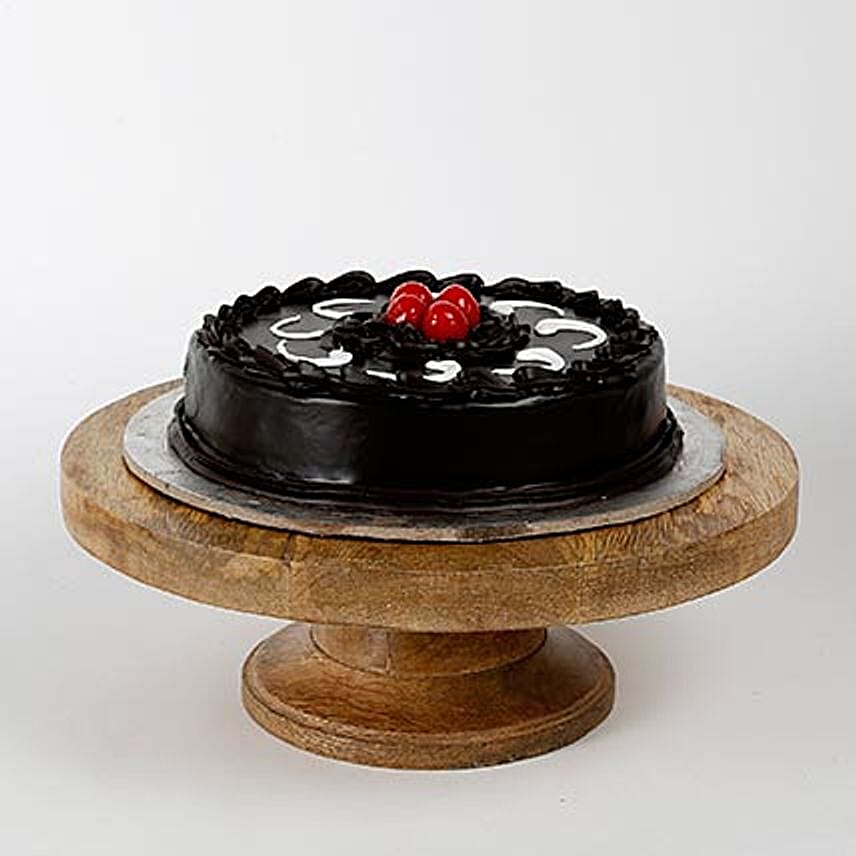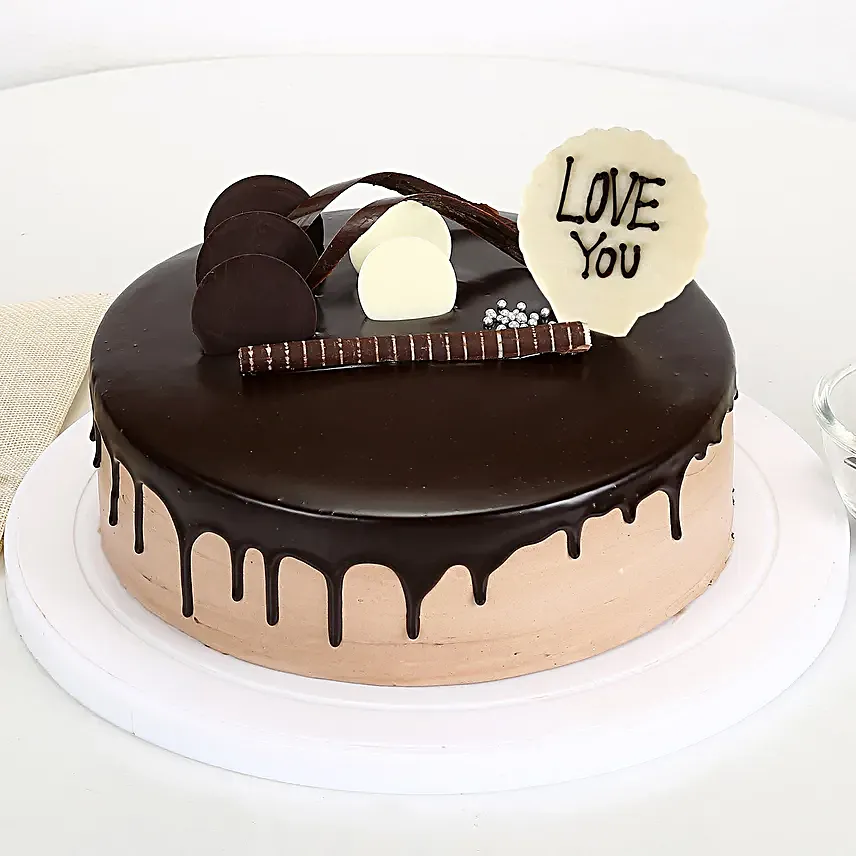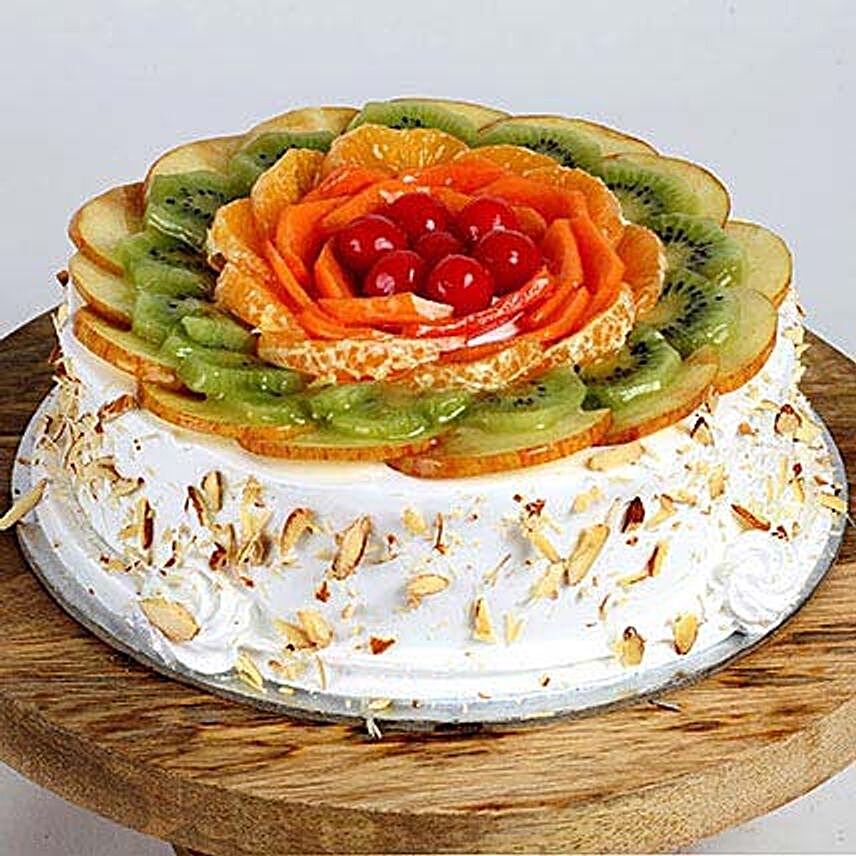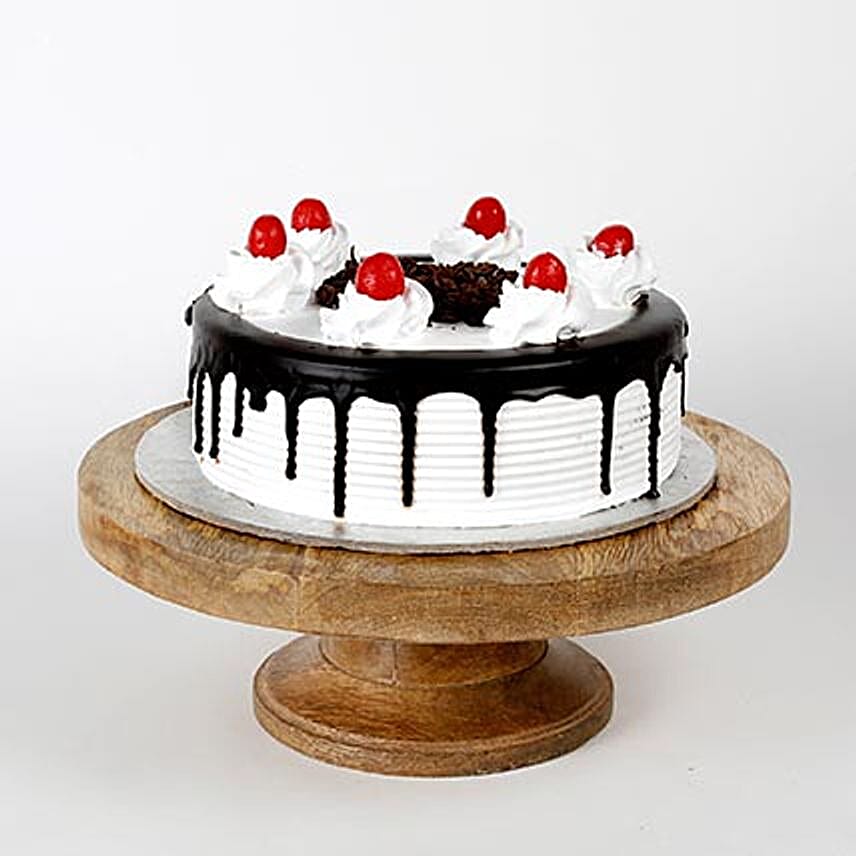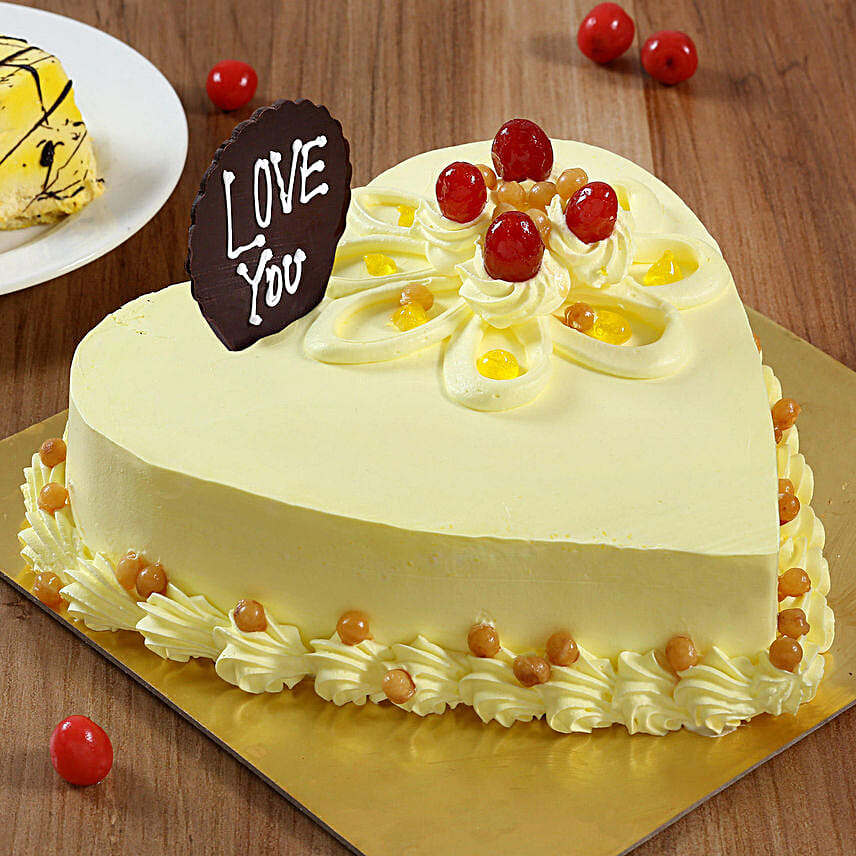Difference Between Cream Cake & Cheesecake
Cakes are a universal symbol of celebration, but not all cakes are created equal. Among the most beloved varieties are cream cakes and cheesecakes, each offering a unique taste, texture, and preparation method. Here’s a detailed comparison to help you understand the key differences between these two popular desserts.
Cream Cake
A cream cake is a classic dessert made from a batter of flour, eggs, sugar, milk, and other ingredients, baked until fluffy and then filled, layered, or topped with cream or custard. The hallmark of a cream cake is its light, airy texture and generous use of creamy icing or filling, which can be flavored in countless ways using natural extracts or fruit purees.
Key Characteristics:
- Lightweight and spongy texture
- Creamy icing or filling, often sweet and rich
- Must be refrigerated to maintain freshness and prevent melting
- Flavored with various extracts, fruits, or chocolates
- Moist and fluffy crumb, making it easy to slice and serve
Baking Tips:
- Use fresh ingredients for the best flavor and texture
- Grease and dust the baking pan to prevent sticking
- Ensure the batter is smooth and not too stiff for even baking
- Always preheat the oven and place the pan centrally
- Allow the cake to cool completely before applying icing to avoid melting or sliding
Cheesecake
Cheesecake stands apart from traditional cakes due to its unique composition and texture. It is made primarily from sweetened and flavored cream cheese or cottage cheese, eggs, and milk, all set atop a crunchy base, typically made from crushed cookies or biscuits. Cheesecakes can be baked or unbaked (refrigerated), but both styles are known for their dense, creamy, and sometimes tangy flavor profile.
Key Characteristics:
- Dense, thick, and creamy texture
- Firm exterior with a soft, rich interior
- Can be sweet or tangy, depending on the cheese and flavorings used
- Usually sweetened with sugar and flavored with fruits, chocolate, or vanilla
- Requires refrigeration, especially for unbaked versions
Baking Tips:
- Always use room temperature, softened cream cheese for smoothness
- Add a touch of flour or cornstarch for stability
- Use a springform pan for easy release and neat presentation
- Avoid over-mixing the batter, especially after adding eggs, to prevent cracks
- Bake with a water bath for even cooking and a creamy texture
- Allow the cheesecake to cool gradually and chill thoroughly before slicing
Comparison Table
| Feature | Cream Cake | Cheesecake |
|---|---|---|
| Main Ingredients | Flour, eggs, sugar, milk, cream/custard | Cream cheese/cottage cheese, eggs, sugar |
| Texture | Light, airy, fluffy, moist | Dense, thick, creamy, sometimes tangy |
| Structure | Spongy cake layers with cream filling | Cheese-based filling on a crunchy base |
| Flavour Profile | Sweet, can be fruity or chocolatey | Sweet or tangy, rich cheese flavor |
| Preparation | Baked, then iced or filled | Baked or unbaked (refrigerated) |
| Storage | Must be refrigerated | Must be refrigerated |
| Serving Occasion | Birthdays, parties, general celebrations | Special occasions, desserts, gourmet treats |
Summary
While both cream cakes and cheesecakes are cherished for their indulgent flavors, they cater to different tastes and textures. Cream cakes are best for those who enjoy light, fluffy, and creamy desserts, while cheesecakes are ideal for those who prefer a rich, dense, and creamy treat with a distinct cheese flavor. Understanding these differences can help you choose the perfect cake for your next celebration or dessert craving.
